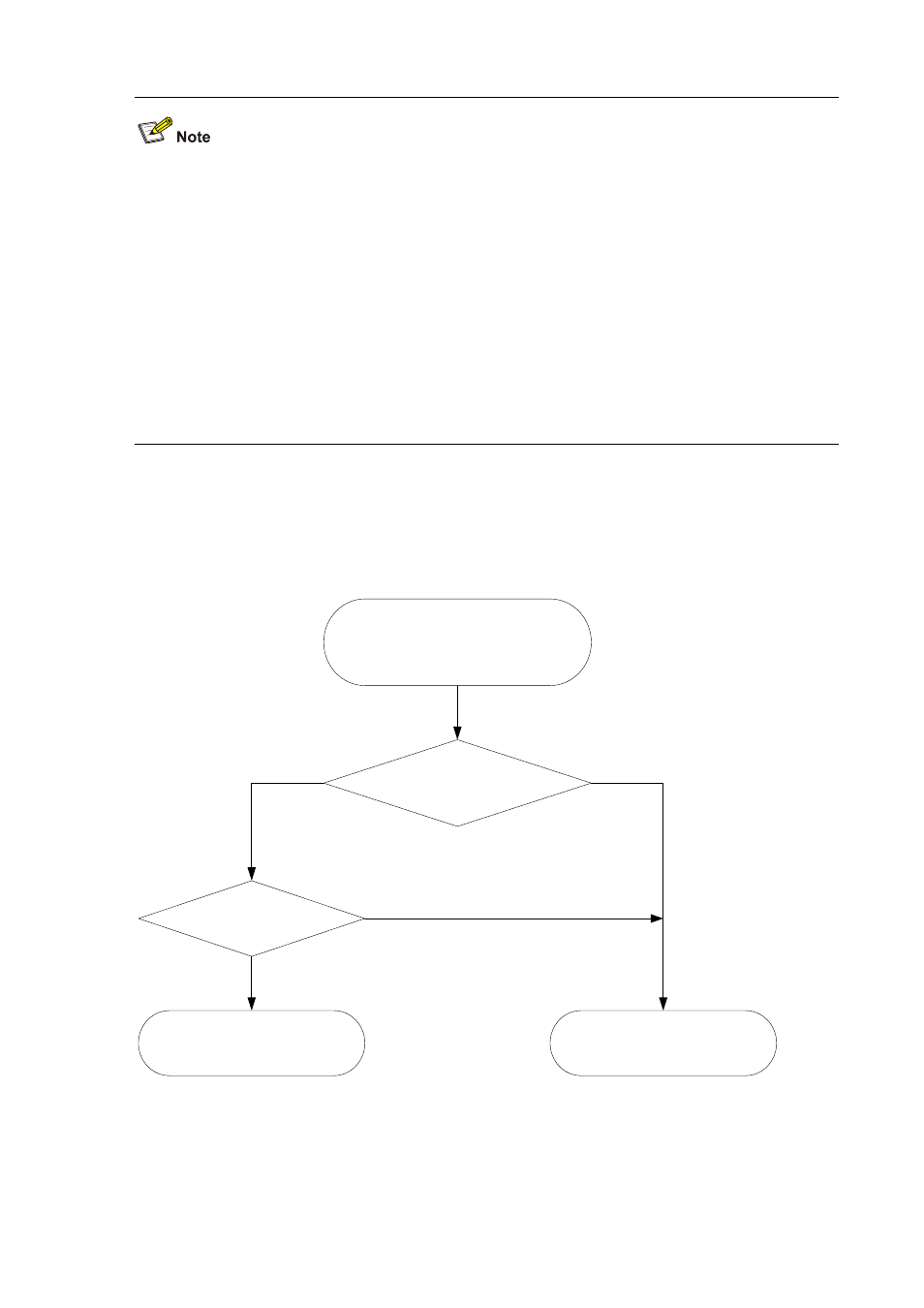H3C Technologies H3C S7500E Series Switches User Manual
Page 141

11-17
Currently, when you configure the load sharing criterion or criteria for a link aggregation group, the
switch supports the following criteria:
Use a source IP address alone.
Use a destination IP address alone.
Use a source MAC address alone.
Use a destination MAC address alone.
Use a mpls-label1 alone
Combine a source IP address and a destination IP address.
Combine a destination MAC address and a source MAC address.
Combine a mpls-label1 and mpls-label2
Enabling Local-First Load Sharing for Link Aggregation
The following diagram shows how the local-first link-aggregation load sharing mechanism works.
Figure 11-5
Diagram for the local-first link-aggregation load sharing mechanism
Current device has
link aggregation
member ports?
Local-first load sharing
mechanism enabled?
Yes
No
Yes
No
In the IRF, the egress port for packets
entering a member device is an aggregate
interface, and the link aggregation
member ports are located on multiple
member devices of the IRF.
Packets are load-shared across
the link aggregation member ports
on the current device only
Packets are load-shared among
all the link aggregation member
ports
The local-first load sharing mechanism can reduce the impact of link-aggregation traffic on the links
connecting physical IRF ports. If this mechanism is not configured, traffic will always be load-shared
across all the link aggregation member ports located on different member devices of the IRF stack. For
more information about IRF, see IRF Configuration in the IRF Configuration Guide.
